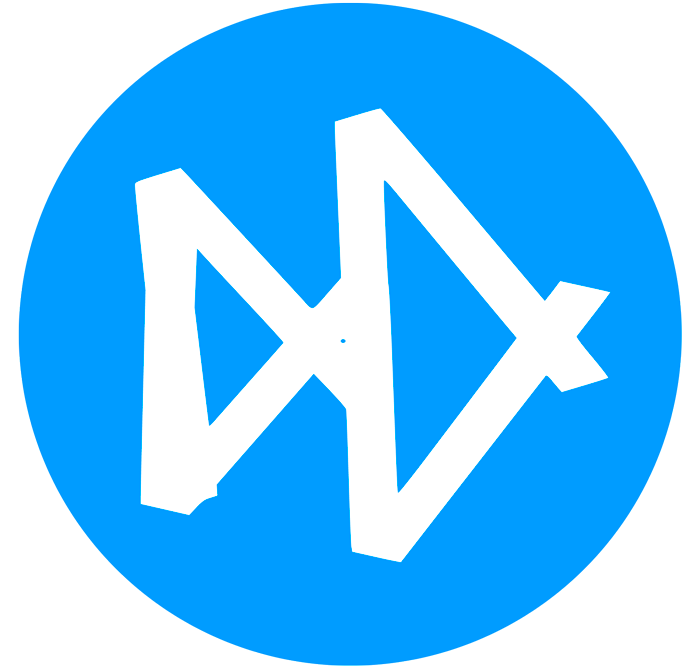Software development is evolving faster than ever, and artificial intelligence (AI) has quietly become one of the most transformative forces behind that change. What began as simple code suggestions has matured into intelligent systems that understand developer intent, detect potential errors, and even generate entire applications. The concept of AI for coding
is no longer futuristic—it’s a practical reality shaping how teams build software today.
What Is AI for Coding?
At its core, AI for coding refers to the use of machine learning and natural language models to assist developers throughout the software lifecycle. These tools are designed to analyze massive datasets of code, learn patterns, and make context-aware recommendations.
Whether it’s auto-generating functions, suggesting bug fixes, or writing unit tests, AI systems are now capable of understanding a developer’s intent with surprising accuracy. Instead of starting from a blank file, programmers can collaborate with AI-driven assistants that act as real-time partners.
How AI Is Changing Developer Productivity
Traditionally, developers spent significant time on repetitive tasks—boilerplate code, documentation, or basic testing. AI is reducing that workload by handling routine operations and freeing developers to focus on creative problem-solving.
Here are some ways AI is reshaping daily development work:
Code Generation and Completion
Intelligent editors like GitHub Copilot and Tabnine can predict the next line of code based on the current context, improving speed without compromising readability.
Automated Testing and Validation
AI tools are capable of generating and maintaining test suites automatically. Platforms such as Keploy extend this capability by generating API tests directly from real application traffic, ensuring test accuracy while reducing manual maintenance.
Bug Detection and Error Prediction
By analyzing thousands of open-source repositories, AI systems can detect error patterns early and flag potential security or performance risks before code review.
Documentation Assistance
Natural language models can now summarize complex logic and generate human-readable documentation, improving team collaboration and onboarding.
The Human–AI Collaboration
AI is not a replacement for developers; it’s a collaborator. Successful adoption depends on human oversight, interpretation, and context awareness. Developers must still validate AI-generated code to ensure it meets design principles, adheres to standards, and remains secure.
The real power of AI for coding lies in augmentation, not automation. It amplifies a developer’s skill set, helping them focus on innovation rather than repetition. The combination of human creativity and machine precision is proving to be far more powerful than either working alone.
Benefits and Limitations
Benefits:
Faster development cycles through intelligent code completion and test generation.
Higher code quality due to consistent pattern recognition and style enforcement.
Reduced cognitive load by automating low-level tasks.
Continuous learning—developers gain instant feedback from AI-generated suggestions.
Limitations:
Context awareness: AI may not always understand project-specific goals or design nuances.
Security risks: Generated code might introduce vulnerabilities if unchecked.
Over-reliance: Excessive dependence can limit a developer’s own problem-solving growth.
Balancing these strengths and weaknesses ensures AI remains a tool for empowerment rather than a crutch.
The Future of AI-Assisted Development
As AI models continue to advance, their role in software development will expand beyond writing code. They’ll help refactor legacy systems, manage dependencies, and predict deployment risks based on past builds.
We are approaching an era where integrated development environments (IDEs) will act as intelligent collaborators, guiding developers from design to delivery. The future of AI for coding isn’t about replacing human expertise—it’s about scaling it.
Conclusion
AI is redefining how we approach programming. It improves efficiency, accelerates delivery, and helps teams maintain higher-quality codebases with less manual effort. The idea of AI for coding
reflects this transition—a move from manual craftsmanship to intelligent collaboration.
As tools like Keploy demonstrate, combining automation with real-world context leads to more reliable, maintainable, and future-proof applications. The developers who learn to harness AI effectively today will shape the next generation of software innovation.

